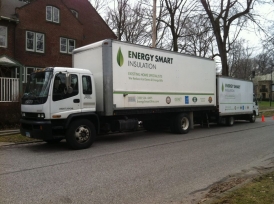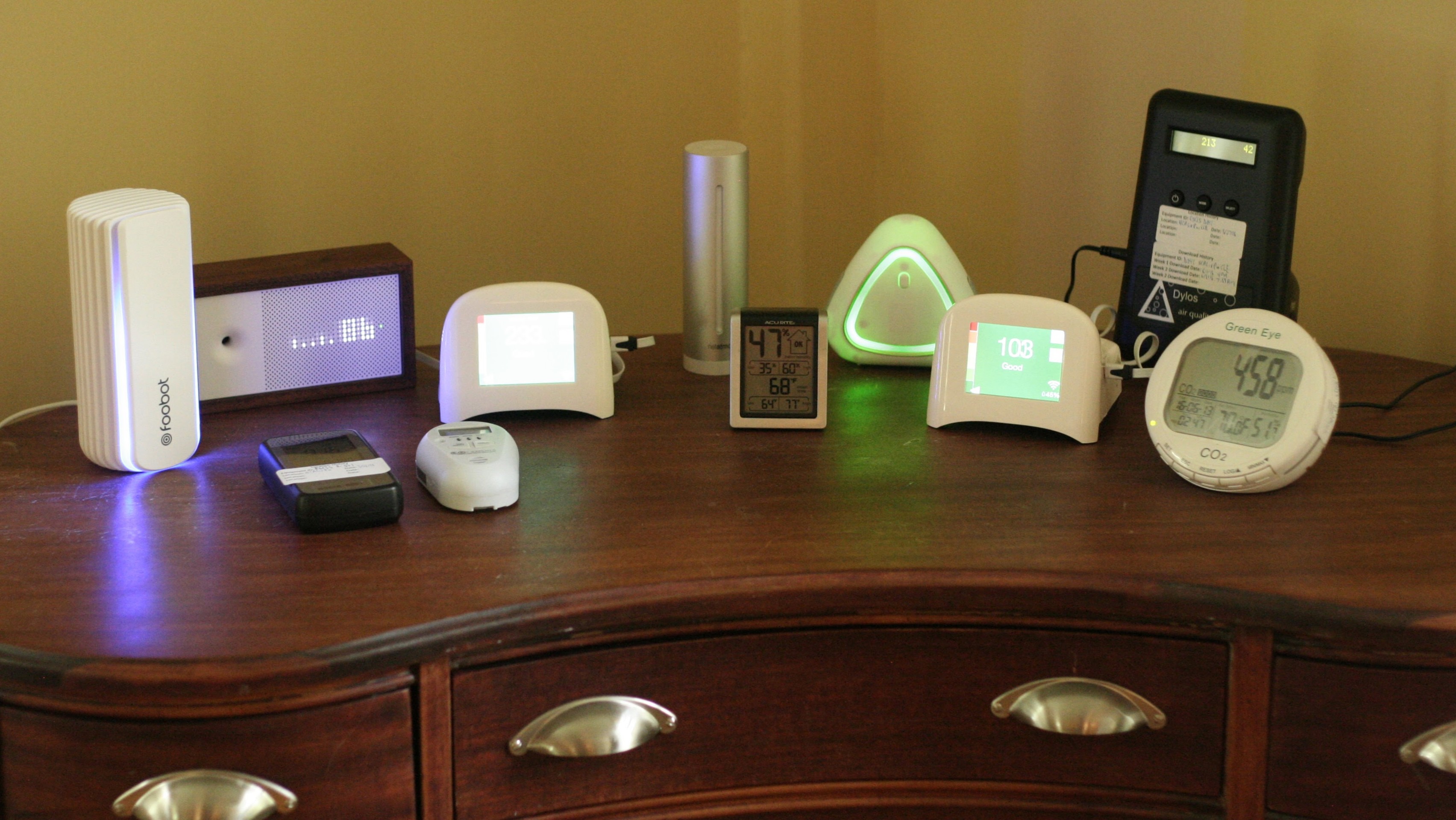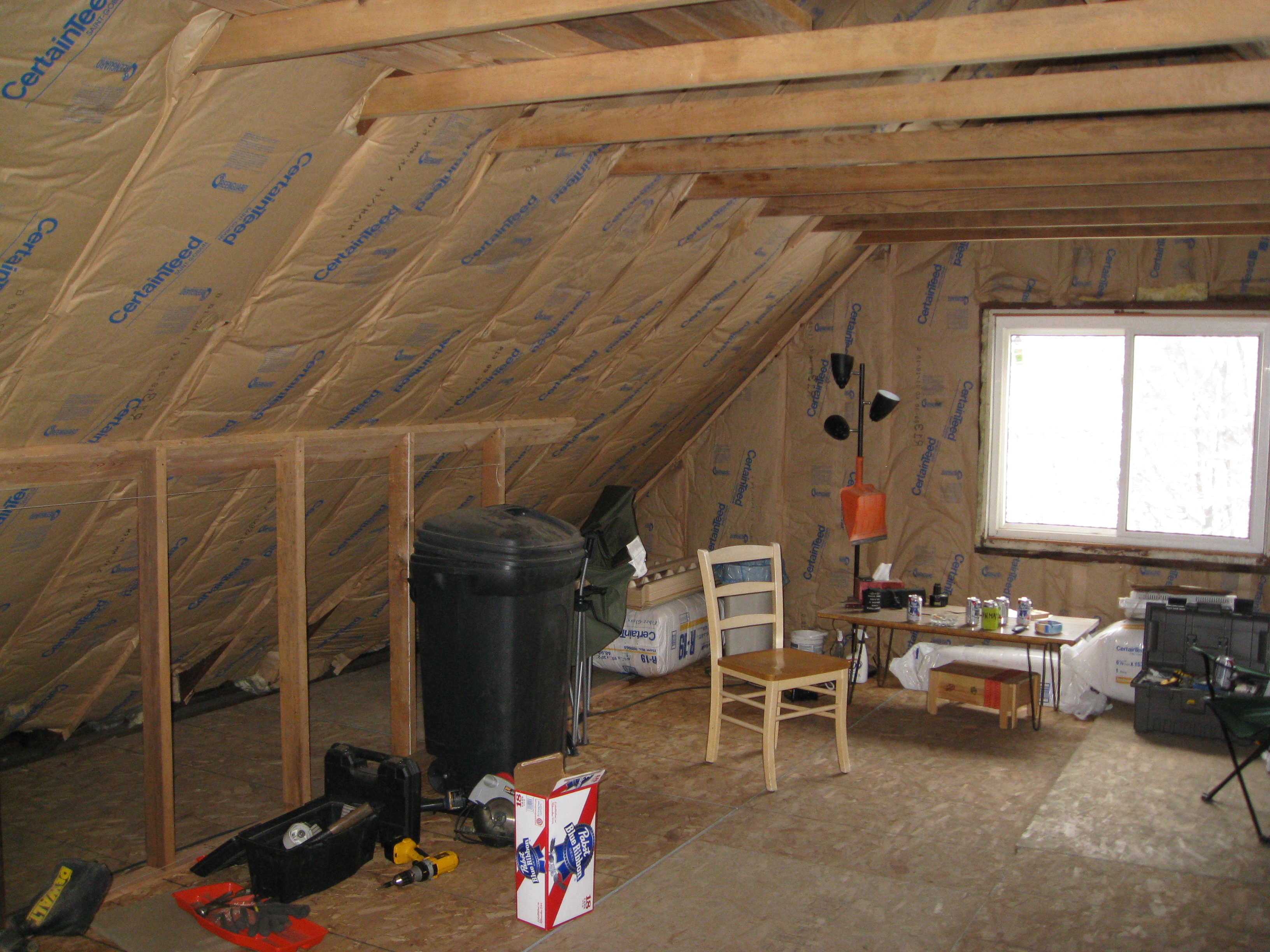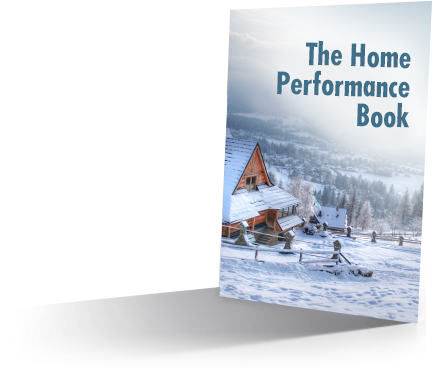ACI 2014 in Detroit
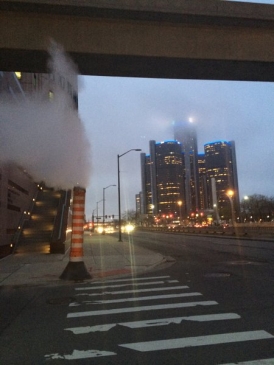
So this is a pretty late report, 2 weeks after getting back, but industry trade shows can do that to you! Blog writing gets short shrift when keeping other balls in the air. Here is my run down of ACI in Detroit.
Networking
As usual, the best parts of ACI happened between sessions and at night. I met a ton of people IRL (in real life) like Shawna Henderson, Griffin Hagle, Sean Lintow, and a ton more.
It also was great to catch up, or at least brush by long time industry friends, in the case of Allison Bailes of Energy Vanguard and Andy Frank of Sealed. It’s really cool that the industry is small enough you can become friends with even the big names.
Hanging out after hours is always a great part of ACI. Just find a group, say hello, and tag along. Bethany Profaizer of Energy Circle is a bit of an instigator, in a good way, so we had a raucous group in Greek Town annoying the wait staff. Shawna Henderson snapped this pic. Bethany and I were the only ones who lived more than 100 miles from the Pacific.
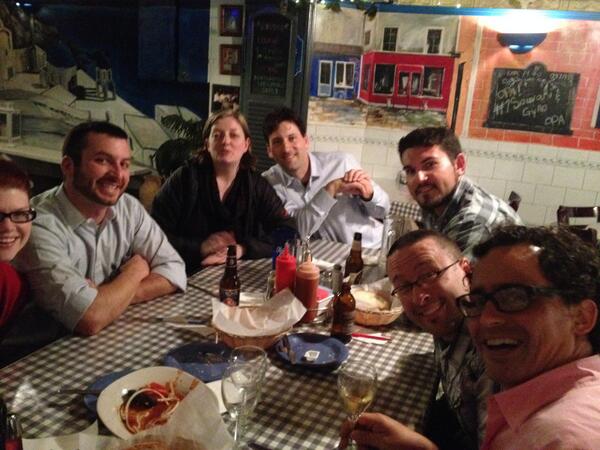
If you’re lucky, you can hitch a ride on the elevator and end up in the Energy Savvy suite…
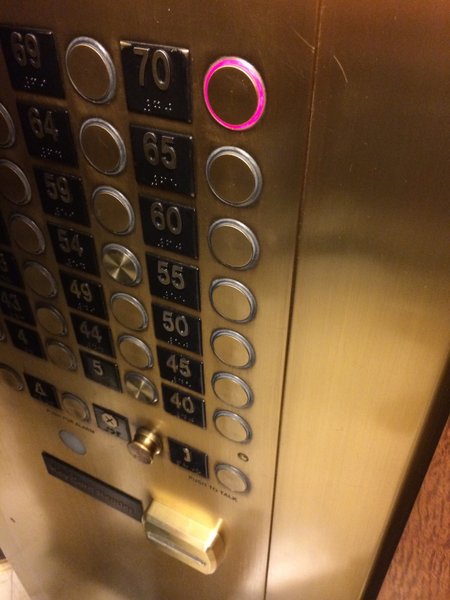

Hats off to Energy Savvy for being such a cool group. Their Optix platform shows a lot of promise in analyzing actual, real time usage and how much clients save from Home Performance upgrades. That is phenomenally exciting to me, more on that in a minute.
For anyone considering going to ACI, it is worth it for the networking alone. Last year I had dinner with Chris Dorsi, one of the authors of my energy auditor textbook. I just asked if he was hungry. He was. So we ate. Try the same thing.
Freaking Out
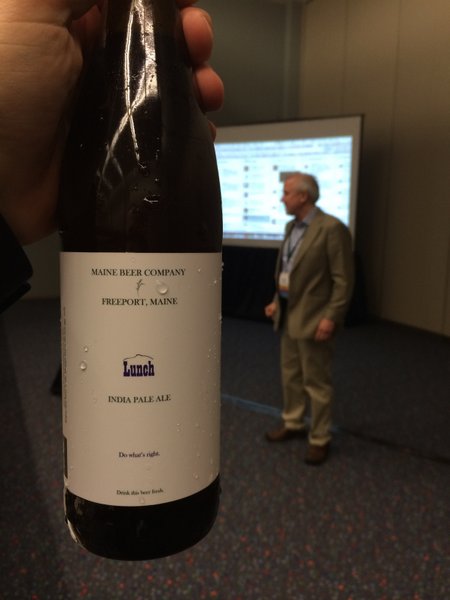
It was fun to give my first presentation with Peter Troast of Energy Circle telling about my blogging process. I’m glad to have that nervousness behind me! Thanks to Peter for having beer there to relax the evening crowd… and thanks for buying me a drink afterwards.
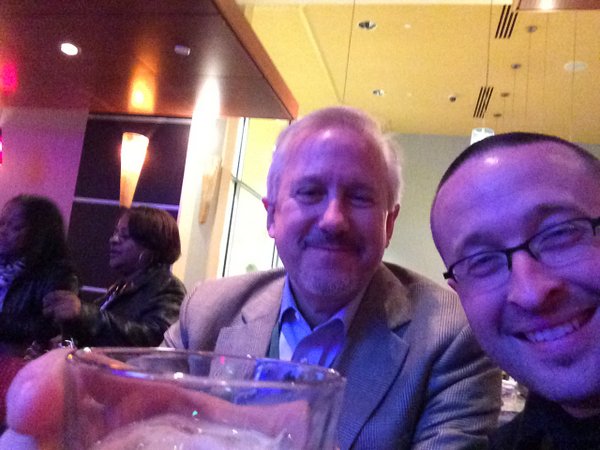
Key Sessions
Some sessions really stick out. Here are two of them. Here are my notes as well, if anyone wants to actually read them.
HPXML
This is a central database for Home Performance projects that numerous different software packages can feed information to and from. Programs across the country can see how various projects perform and what measures and combinations of measures lead to the best energy results. Last year I wrote about it as it began.
This year, the first player, Arizona, has done a TON of work along with several energy modeling companies to get it up and running. Energy Upgrade California, with an outrageously low realization rate of 34%* is one of the next to move to HPXML, as is New York’s program NYSERDA. Rather than using ‘deemed’ savings where an energy efficiency measure is assigned a certain level of savings, but no one really knows if that is true, HPXML allows Energy Savvy software to track real savings in real time. It’s a real step forward.
I view it like a nuclear bomb (without the awful potential, stay with me for a minute) – if used correctly it could usher in a new era for Home Performance. If used incorrectly it won’t be good. Let me explain:
I came from a prescriptive way of thinking – have a headache? Take this ibuprofen, you’ll be fine. Oh, you have a migraine? Oops. It won’t work for that. Prescriptive thinking is like that – if this, do that. Except it doesn’t always work, in fact it often doesn’t work.
The better method is solution thinking – really figure out what the root problems are (that migraine) and design a customized solution to fix it.
My hope is that HPXML shows that solution thinking, rather than prescriptive thinking leads to better energy results. The question is how many solution type jobs will be in the registry because most programs lean heavily prescriptive.
Therein lies the rub – will HPXML be garbage in, garbage out because of the projects being tracked? Will energy savings actually arrive? Or will I get proven wrong that solution thinking – Comprehensive Home Performance involving both building enclosure work and HVAC work – is beaten by prescriptive thinking? Only time will tell on both points.
Either way, I am encouraged that ‘big data’ has come to Home Performance and we will be able to see what really works from macro and micro perspectives, and also for different climate zones and regions.
The Great Ventilation Debate
Allison Bailes of Energy Vanguard recently wrote a post on this. I thought he was very diplomatic about it, but I felt it was actually more contentious and one-sided than he said.
For the uninitiated, ASHRAE 62.2-2013 is a new ventilation standard that requires generally higher ventilation levels for new homes. In other words, there must constantly be a fair amount of airflow out of (and consequently into) a home to provide continuous fresh air.
A committee of volunteers (poor guys, they really got shot at) designed the new standard, but Dr. Joe Lstiburek of Building Science Corp. strenuously disagreed with their findings. At several junctions, Joe looked so mad he could spit. I saw 3 main thrusts of his argument.
First, much of his criticisms was based on the idea that the new standard required so much airflow that in hot humid climates too much moist outside air would be brought in in summer and in cold climates too much dry winter air would be brought in – decreasing comfort and increasing energy costs for both examples.
The point of the new, generally higher flow standard is to dilute bad stuff in houses like Volatile Organic Compounds, Carbon Monoxide, and other contaminants. Joe posited that there are no epidemiological studies that show these things are actually bad for us, yet we know that the moisture problems described above are indeed a problem. So we are adjusting to fix something we aren’t sure of to the nearly guaranteed detriment of what we are sure of.
Second, there was the balance argument. Dr. Joe also came up with his own competing ‘standard’ last year** giving more leeway to balanced systems that purposely allow for intake and exhaust in equal quantities (suck and blow in Joe-speak), where the 62.2-2013 standard is exhaust (suck) only. I agree with Joe wholeheartedly on this. If you only provide for exhaust, where does the makeup air come from? Probably lousy places like basements, crawlspaces, and attics. The committee was trying to reduce costs here, but an alternative path requiring less ventilation for balanced systems would be good.
Third, the standards were largely politically motivated, not based on sound science.
In my humble opinion, Dr. Joe landed by far the most punches in the debate. The only good hit back from the 62.2 committee was when Rick Karg of Residential Energy Dynamics asked Joe where his epidemiological evidence was. Joe did not have a direct answer to that. He did cite the experience in Canada where their ventilation standards, which are similar to the old standards, have not seen any ill health effects after 300,000 homes at 10 cfm. An imperfect answer, but as good as we actually have.
I posted the final score as Joe 25, Audience 5, 62.2 Committee 1. It was one of the most obvious debate wins I’ve ever seen.
Until Next Year
So that’s my take on ACI 2014. As usual, lots of fun networking (read alcohol consumption) with a few sessions that really stand out. I still see HPXML as a huge piece to moving Home Performance to market transformation, so I look forward to seeing what happens with that in the next year.
If you are new to the Home Performance industry, it’s well worth checking out an ACI show, see if there is a regional one nearby. Next year we travel to New Orleans, a city I’ve wanted to go to for 20 years. So yes, I should be there… and I’ll likely be presenting again…
* A realization rate is the percentage of promised savings that showed up. On average, if Energy Upgrade CA promised $1000 in annual savings, only $340 showed up. Most other programs I’ve seen data on run in the 45-70% range. This gives them a big reason to improve, and they’re working hard to do it. I applaud their transparency. Admitting failure is hard. I recently wrote about one of mine and have been taking heat for it in the Building Science Community group on Linked In.
** BSC-01 doesn’t have any authority to speak of, so it’s not really a standard, more of an argument amongst fellow geeks/engineers. Also, be sure to check out Joe’s paper on Unintended Consequences Suck paper/blog article, which includes this gem: ‘Blowing is better than sucking. Sucking and blowing at the same time is better than blowing. And sucking and blowing at the same time with mixing is better still. When you add spot intermittent sucking at bathrooms and kitchens things are fabulous. If you then add energy recovery you are over the top.
Get the HVAC Guide

It's free! Make buying a new furnace, air conditioner, or heat pump less stressful.


